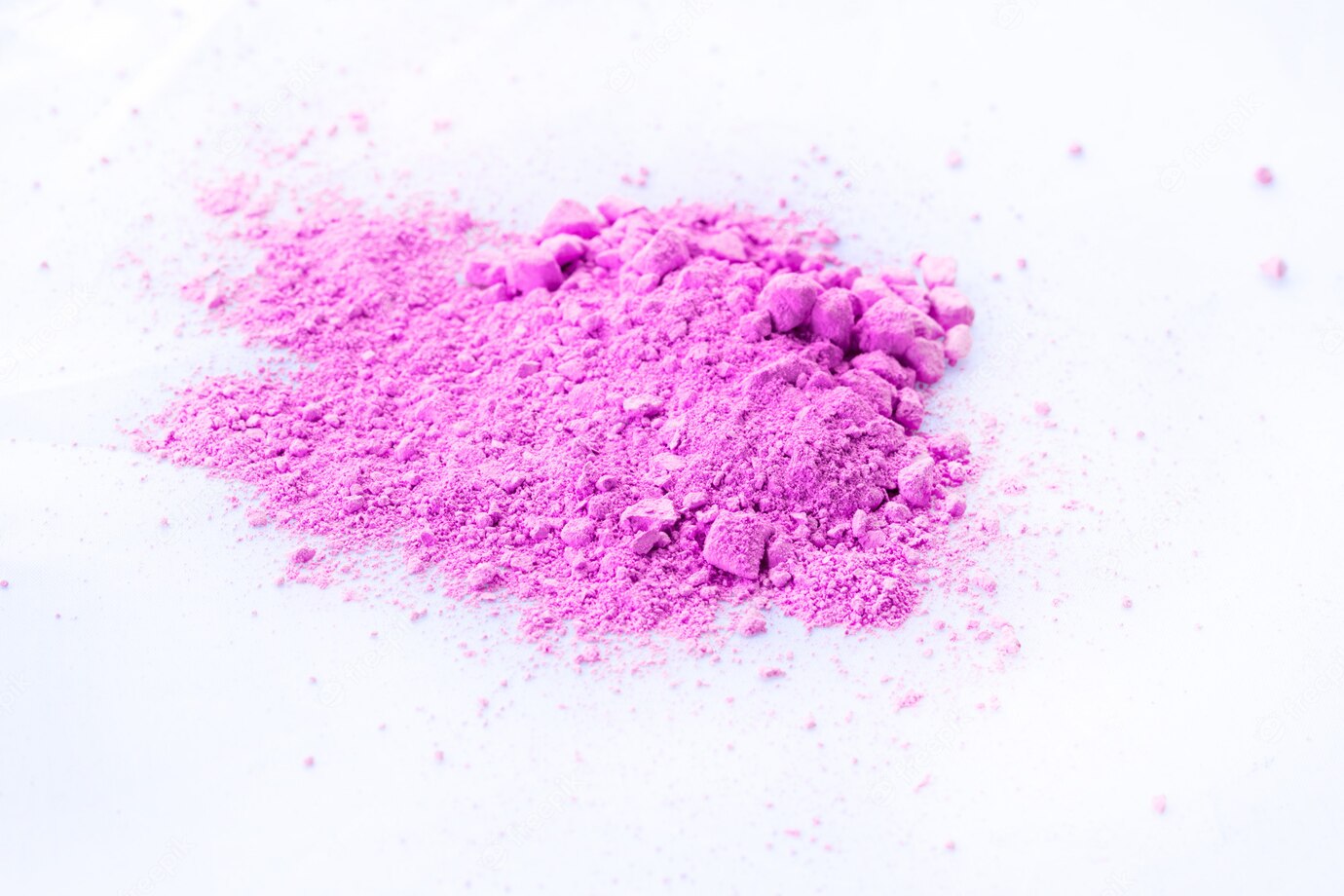
Fine Chemical & Intermediate

Intermediates include basic intermediates and key intermediates, including bulk drug intermediates for both the pharmaceutical industry and other industries.
The drive for cost benefits and cost reduction in all possible steps in the supply chain has resulted in a closely competitive market arena.
Basic and fine chemicals are pure, single chemical substances that are commercially produced with chemical reactions. They are used in broad aspects of multiple industries worldwide in the manufacture and preparation of a variety of products.
The classification of chemicals is based on functionality and industrial applications. Fine chemicals can be categorized into active pharmaceutical ingredients and their intermediates, biocides and specialty chemicals.

Packaging for the Fine Chemicals & Intermediates Industry
Darbox is active in the fine chemicals and intermediates market with leading packaging solutions for powders, granulates, tablets, capsules and more.
An example of how Darbox delivers to the Chemical Industry:
Chlorine is used worldwide in a variety of industrial applications including pesticides, paper/textile bleaching and, perhaps most importantly, as the primary defense against waterborne microbiological infection when purifying water supplies.
Chlorine based disinfectants keep swimming pool water safe by killing a range of dangerous microbes that can threaten our health. This is one of the best ways known to destroy the germs, bacteria, yeasts, fungus, spores and even viruses that can cause numerous health problems for pool, spa and hot tub users — diarrhea, swimmer’s ear (a nasty earache) and various respiratory, skin and wound infections. In its most common form, Calcium Hypochlorite Ca(OCl)2 is a chemical wonder that makes healthy water recreation possible.
Although it offers multiple safety, stability and ease-of-use advantages over other water treatment options such as chlorine gas and liquid bleach, it must be handled carefully. Calcium Hypochlorite can undergo self-heating and rapid decomposition accompanied by the release of toxic chlorine gas, and a run-away reaction will develop extreme heat that can cause self-combustion.
Following several large fires in cargo ships in the 1990’s involving calcium hypochlorite, new packaging and storage regulations were established that included recommendations to package in tightly closed heavy-duty rigid corrosion-resistant containers, with UN packing group II solids certification, and to limit the size of individual packages to no more than 45 kg net weight, more often packed in 25 kg drums.
A leading Calcium Hypochlorite manufacturer approached Darbox looking for packaging that could not only meet the rigorous packaging requirements but also provide a user-friendly, attractive package for their clients.
DARBOX SOLUTION:
The Darbox SuperPack™ range gave them a perfect solution. A super heavy-duty, HDPE plastic, open-top, UN certified container with an easy to use twist-on lid that included a child-proof lock.
Not content with the rigorous requirements of the UN Certification process, the customer insisted on additional testing to ensure the safety of the containers. Their evaluation included a storage test for 40 days with a circulating stream of warm air on stacked 26L containers, with a 200 kg weight on the bottom container. Test temperature levels were measured by five thermometers placed at critical points including the top, bottom and container surface.
The Darbox SuperPack 47L container proved perfect to package the maximum 45kg product offering, while the smaller Darbox SuperPack 26L size was ideal for the 25kg option. There was ample space for company and product branding as well as safety and use instructions, and the attractive standard blue lid was the perfect reminder for all involved, producers and users alike, just how important having clear blue water is to all.

